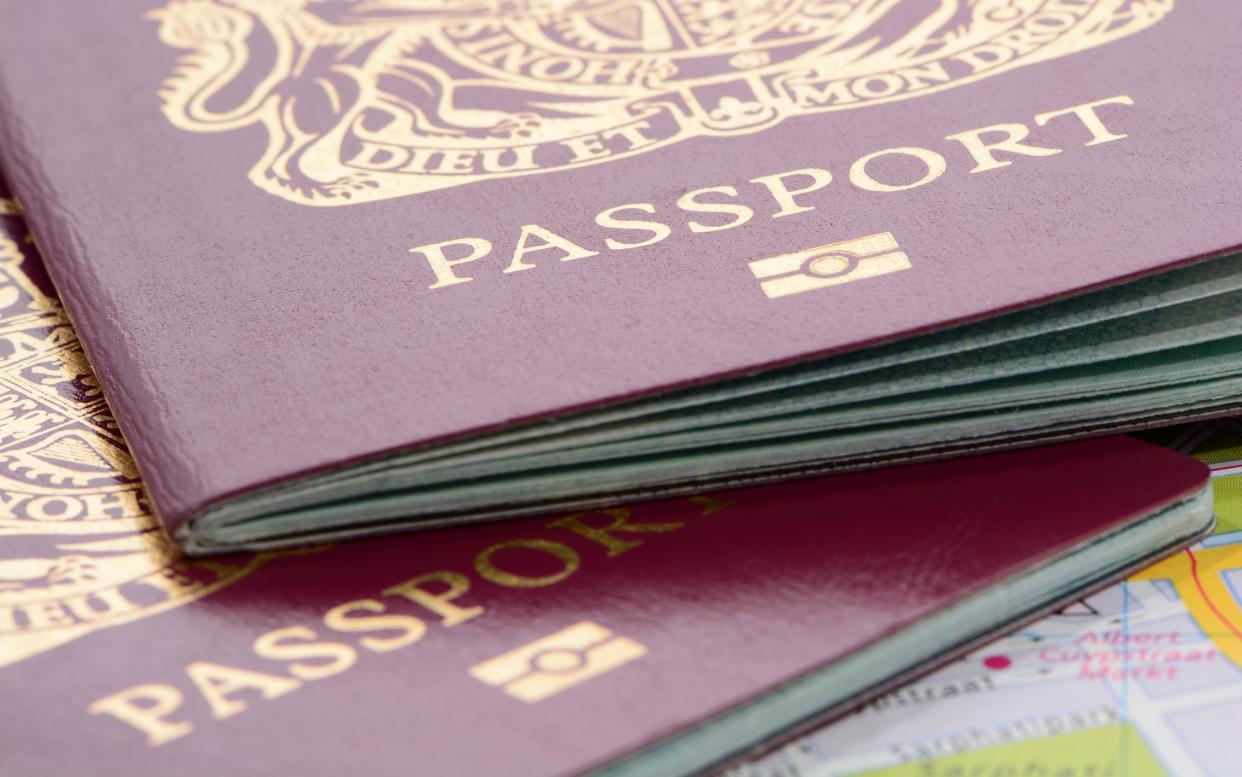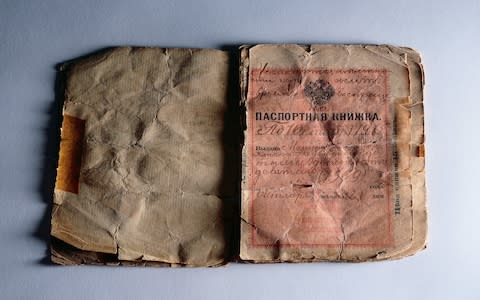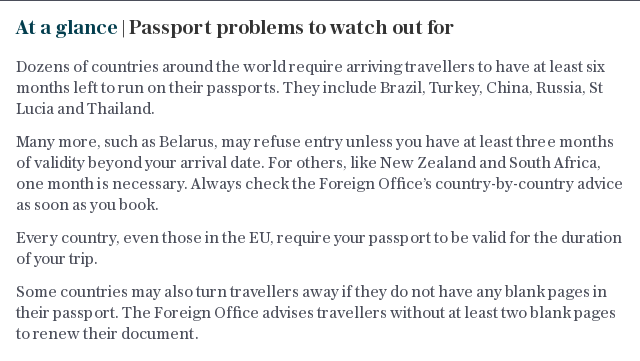My passport is damaged – can I still use it to board a flight?

Last week, a 22-year-old British man was not allowed to board a flight to the Caribbean because his passport had a small rip in it.
James Adams was booked onto a Tui flight to Aruba with his parents, brother and sister but was denied boarding at the gate due to the damaged documentation.
His mother, Claire, told The Sun: “The most obnoxious woman came over, she was shouting from across the airport, ‘He’s not travelling, he won’t get in Aruba. He’s not going.’”
“I was trying to calm him down because I didn’t want him to get arrested,“ Claire added.
In the end, James and his brother stayed behind while the rest of the family travelled to Aruba. Hearing this, a number of journalists on the Telegraph Travel desk expressed sympathy for we, too, have travelled on tatty and slightly damaged passports in the past.
But the question is, how damaged is too damaged in the eyes of airlines and immigration officials? We got in touch with Her Majesty’s Passport Office to get to the bottom of this.

What counts as “wear and tear”
The Passport Office says: “Passports classed as wear and tear can be accepted as evidence of nationality and identity.” But what is the difference between wear and tear and damage?
They say: “When deciding whether a passport falls under wear and tear, examiners should look at the travel history of the document - multiple visas and stamps would indicate heavy use. Wear and tear is therefore more likely.”
What is “minor damage”?
Her Majesty’s Passport Office (HMPO) says that the following amount to “minor damage” and will not require a replacement passport.
Fading of the passport book and emblem on front cover
Small creases in book (not Personal Details page)
Changes (scribbles) to the next of kin information
They also advise: “Please be aware, the passport may look to have ‘grease marks’ or ‘dots’ or ‘water droplets’ which you believe to be damage.”
“This may just be the security features, for example five transparent discs, or ‘Skylights’, appear across the personal details page. The paper is thinned at the position of these ‘Skylights’, which is one of a range of measures to help prevent alteration of the passport.”

What counts as “major damage”?
Her Majesty’s Passport Office advises that the following amount to “major damage” and will require a replacement passport.
The laminate of the personal (bio) details page has lifted enough to allow the possibility of photo substitution
The passport has been washed
A dog has chewed the passport
A child had scribbled over the personal (bio) details page
Liquid has been spilled over the passport
If the personal (bio) details page of the passport (the laminated page with photograph) has been subject to significant damage
The HMPO adds: “If the damaged passport has been burned, shredded or consumed by the dog, it is considered lost and a replacement application is required.”

How likely are you to be denied boarding due to a damaged passport?
More likely than you may think. Airlines can receive hefty fines (averaging $3,500) if they allow a passenger to board a flight with inadequate documentation – so be sure you take good care of your passport.
How do I apply for a replacement passport?
To apply for a replacement passport you can fill in a form online at: gov.uk/renew-adult-passport or you can pick up a form at selected Post Office branches. But take note – if your passport is damaged, you won’t be eligible for the fast track service.
A fast track service comes at a cost (£177, rather than £75.50), and allows you to book an appointment within a few days, during which you will receive a new passport. Damaged passports require more checks meaning the whole process could take up to three weeks.


